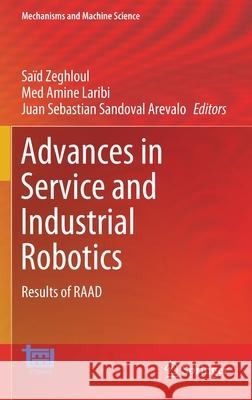Advances in Service and Industrial Robotics: Results of Raad » książka
topmenu
Advances in Service and Industrial Robotics: Results of Raad
ISBN-13: 9783030489885 / Angielski / Twarda / 2020 / 609 str.
Advances in Service and Industrial Robotics: Results of Raad
ISBN-13: 9783030489885 / Angielski / Twarda / 2020 / 609 str.
cena 1124,51
(netto: 1070,96 VAT: 5%)
Najniższa cena z 30 dni: 1079,53
(netto: 1070,96 VAT: 5%)
Najniższa cena z 30 dni: 1079,53
Termin realizacji zamówienia:
ok. 22 dni roboczych.
ok. 22 dni roboczych.
Darmowa dostawa!
Kategorie:
Kategorie BISAC:
Wydawca:
Springer
Seria wydawnicza:
Język:
Angielski
ISBN-13:
9783030489885
Rok wydania:
2020
Wydanie:
2020
Numer serii:
000408639
Ilość stron:
609
Waga:
1.04 kg
Wymiary:
23.39 x 15.6 x 3.33
Oprawa:
Twarda
Wolumenów:
01
Dodatkowe informacje:
Wydanie ilustrowane











